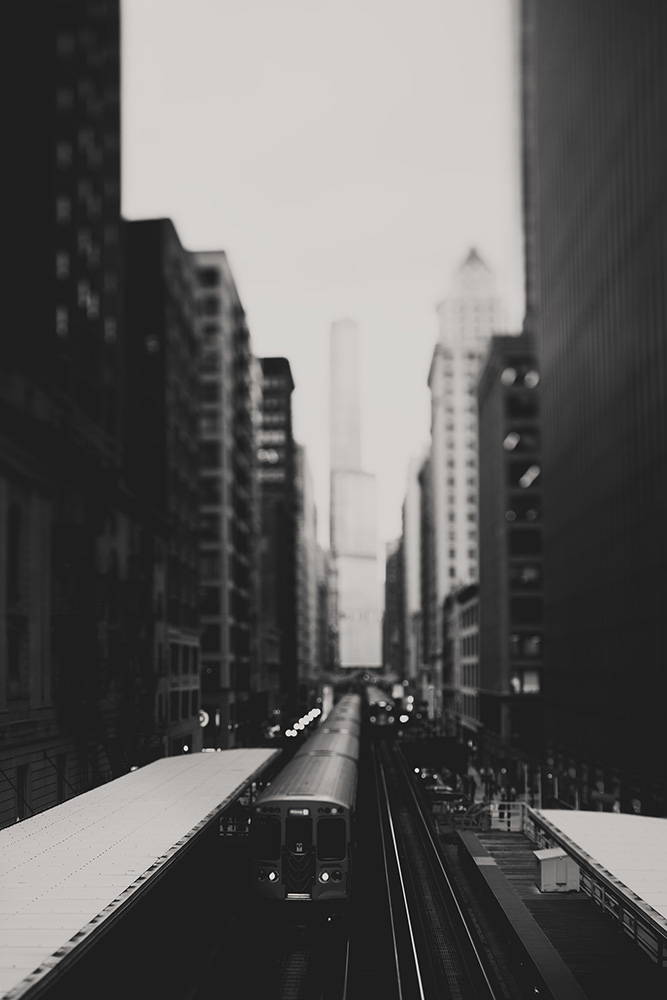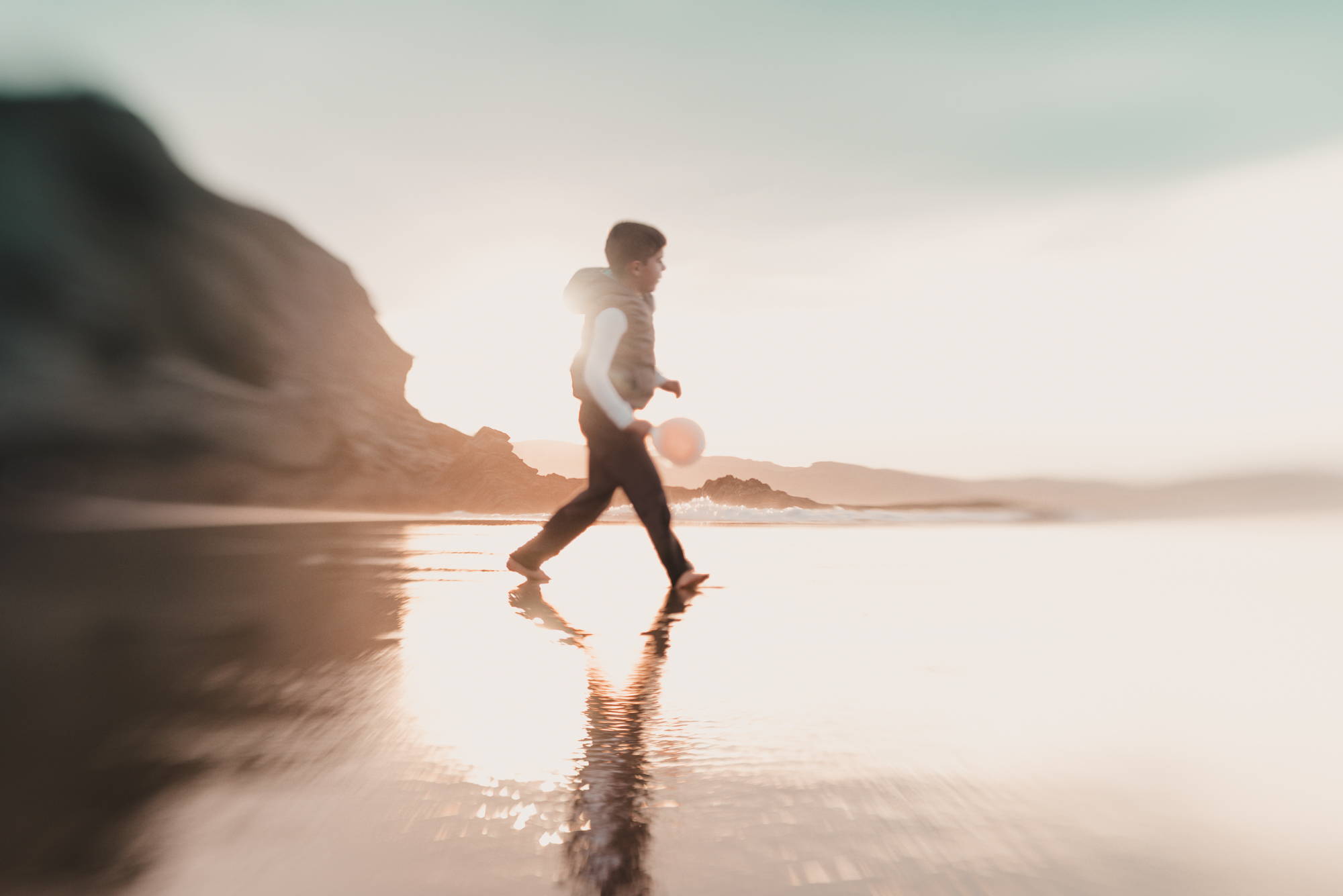Lensbaby Spark 2.0 versus the Composer Pro II: Are Both Worth Buying?
Recently, Lensbaby came out with a new lens, the Spark 2.0. Since its release, I have gotten many questions about whether it is worth buying over the Composer Pro II. I wanted to explain more comprehensively to anyone who has questions and address the differences, similarities, and the individual pros & cons of each lens, as well as my personal opinion.
Before I start, I think it would be essential to mention that the Spark 2.0 is an upgrade from the Spark 1, the difference being that the Spark 2.0 allows you to change optics. This gives you more options in the kind of pictures you can take with it, and it upgrades the lens to the level of the Composer Pro II, of which you can also change the optic inside the lens.
The pictures were taken at the same time and location for comparison, with the photos on the right having been taken with the Composer Pro II and those on the left with the Spark 2.0. They really show how similar the two lenses are and how minute the effect is.
In both pictures I tried to focus on the other leaves of the tree on the left side. The image on the left was taken with the Composer Pro II, and the focus is exactly where I wanted it to be. The picture on the right was taken with the Spark. While the effect is beautiful, I did not manage to get the focus where I wanted it to be. It's close to my vision, but definitely not on the outer left of the tree.
Differences
Although the Spark 2.0 and Composer Pro II seem very similar, they have a few significant differences to consider when choosing one to buy. The Spark 2.0 is very versatile and flexible, making it the perfect creative tool. When you move it around, it continues to bend. On the other hand, the CPII is a more traditional lens, and when you set it to a setting, it stays in that setting until you change it. Think about it like this: the Spark is watercolor, the Composer is a pen. The watercolor is unpredictable and constantly changing, whereas the pen is steady and does precisely what you expect. Both are creative tools, but the watercolor allows more creative freedom, and the pen is easier to control.
In this set of pictures, I was able to achieve focus as planned. While both pictures are pretty, I personally prefer the effect on the right-hand picture that I took with the Spark. The light is a tad more dramatic, and the blur is more intense.
Another factor is the lens's speed: with the Spark taking photos is incredibly quick and intuitive, and the Composer is a little slower and more thoughtful. The Composer requires more deliberate action and thought since you have to plan your shot specifically. Staying true to their names, the Spark is like a burst of creativity that can be used in an instant, and the Composer is more like carefully designing a photo.
The last difference I find worth mentioning is the weight of both lenses. The Spark is much lighter than its counterpart, making it easier to travel with and more spontaneous. However, both are manageable and are very comfortable in your hands.
"...the Spark is watercolor, the Composer is a pen."
Similarities
As different as they are, the lenses are still super similar. With both lenses, it can be incredibly difficult to find the focus. The Composer was a little easier to handle when trying to set the focus at the outer edge of the frame, but in the end it depended on the specific photo setting with both systems. While this might sound intimidating, I also want to point out that both lenses are fantastic tools to create dreamy and painterly looking pictures. There really was not a huge difference in the lenses, so when deciding which lens you want, it comes down to user preference: you have to ask yourself if you are looking for something steady and controlled or something super flexible and artistic.
For example, this image uses the thirds rule but breaks its guidelines by having the subject face away from the empty space. The boy watching the snowfall snow is the story, and the subject needs to look in that direction. The vast emptiness around him adds to the feeling of isolation.
To my surprise, in this example, the Spark (right-hand picture) created better focus than the Composer here.
The picture on the left is a good example of how the Composer Pro performs a little better when you want to focus on the frame's outer edge. In both cases I've tried to get the palm trees in focus. You can see the mentioned above "watercolor effect" of the Spark in the right picture; it blends things together more and makes a softer, more unexpected look.
The picture on the left, again taken with the Composer Pro, has more focus in subjects. The people and the clouds are detailed, while the picture on the right (taken with the Spark) is a little softer if you look at the clouds in the sky. They both had a good focus, however, which impressed me!
Opinion
Composer is a wonderful entry into the Tilt-Shift System that Lensbaby offers, but the Spark is a truly awesome way to further your creativity and photographic skills. Personally, I enjoyed the Spark more because I prefer to create very dreamy pictures over pictures with a lot of focus. I would say that the Composer Pro II is a fun entry-level model, but if you are looking for something really exciting and different, I would recommend the Spark 2.0!
Edge 35 and 50
Velvet 56 and 85
Composer Pro with Sweet 50 Optic
OMNI Creative Filter System
Crystal Expansion Set
Color Expansion Pack
Ute Reckhorn
Ute Reckhorn, a Los Angeles based photographer, started her photography journey in 2012. After picking up her first Lensbaby lens in 2015, she immediately fell in love with its playfulness and the the ever-growing community of Lensbaby artists.
Originally documenting her own family of five, Ute blended her photographic skills with inspiration that comes from 20 years of moving around the globe. With roots all around the world and a deep love for the Californian lifestyle as her inspiration, she creates portraits and landscapes that evoke emotion and a sense of movement.
Lensbaby products allow her to show people and landscapes as she imagines them, not as we see them. She believes that there is no point in making pictures that you can see with the naked eye when you can bend your vision to your liking. Ute’s photography explores unique personalities, nonconforming subjects and represents feelings instead of looks.
Website Facebook




Leave a comment
All comments are moderated before being published.
This site is protected by hCaptcha and the hCaptcha Privacy Policy and Terms of Service apply.